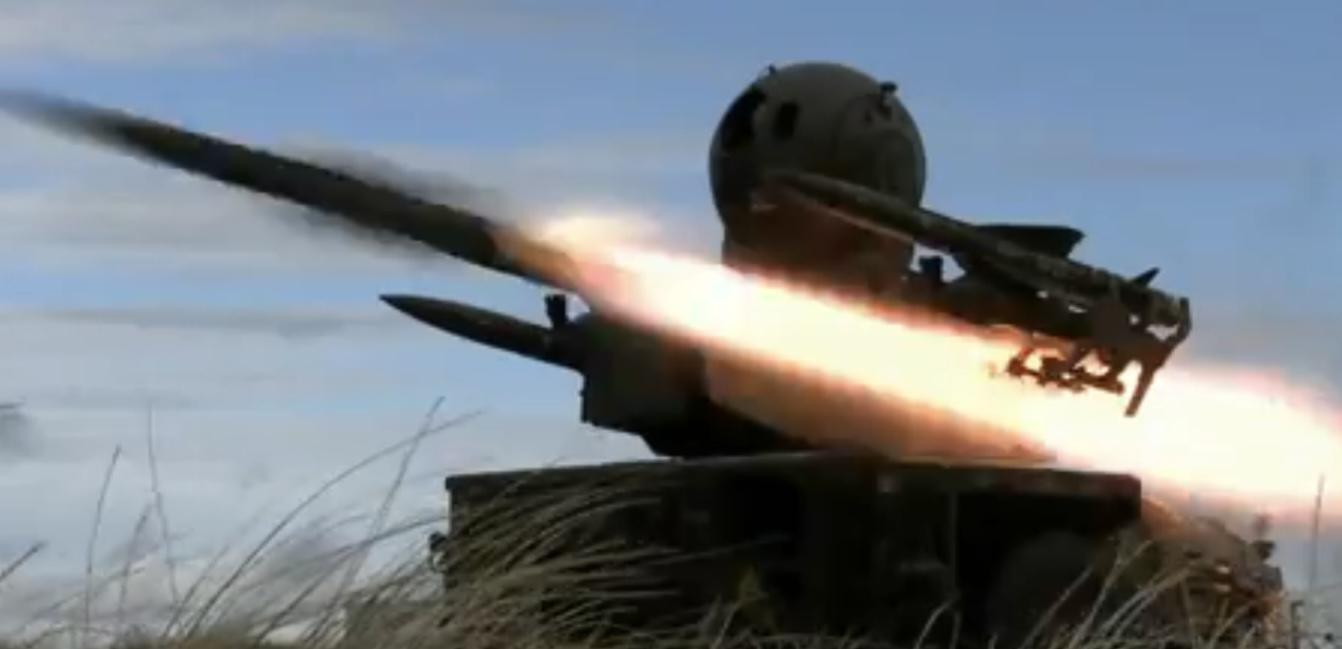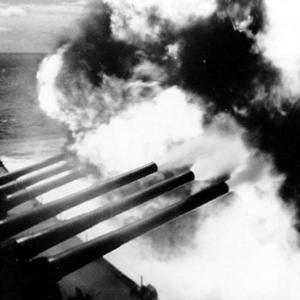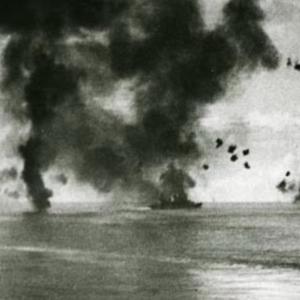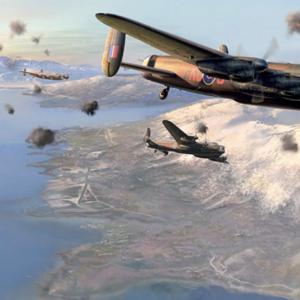
Rapier missile battery
The Rapier missile system is a British surface-to-air missile (SAM) designed to provide short-range air defense against high-speed, low-level aerial threats such as aircraft and, more recently, unmanned aerial vehicles and cruise missiles. Developed during the height of the Cold War, the system has undergone several upgrades and adaptations since its inception and has been widely exported. Its effectiveness lies in a blend of precision guidance, mobility, and rapid response capability.
The Rapier system was designed in the 1960s by British aerospace company BAC (British Aircraft Corporation), later becoming part of British Aerospace (BAe) and eventually BAE Systems. The original requirement came from the British Army, which sought a mobile, highly accurate air defense solution to replace the earlier Thunderbird and Bloodhound missile systems, which were large, semi-mobile, and less suited to frontline deployment.
The need for the Rapier arose from the increasing threat posed by supersonic aircraft operating at low altitudes. Traditional radar-guided anti-aircraft systems of the time had difficulty intercepting these fast-moving targets, especially in cluttered environments. BAC’s answer was a manually guided missile using an optical tracking system and a command-to-line-of-sight (CLOS) guidance method, allowing an operator to track a target visually and guide the missile toward it via ground-based radar and optical systems.
Initial testing of the Rapier began in the late 1960s, and it entered service with the British Army in 1971. The Royal Air Force adopted a variant for airfield defense shortly afterward. The system's development continued through several major upgrades, resulting in increasingly sophisticated variants such as the Rapier Field Standard A (FSA), Field Standard B (FSB), Rapier 2000, and the final upgraded version, known as the Rapier FSC (Field Standard C).
While originally developed by BAC, the production of the Rapier system has involved several key defense manufacturers over the decades. After BAC merged into British Aerospace in the late 1970s, BAe Systems became the main contractor and systems integrator for Rapier. Radar and tracking systems used with the missile, such as the Blindfire radar and Tracker optical systems, were developed with assistance from Marconi and other British electronics firms. The missile’s propulsion system was supplied by Bristol Aerojet and Royal Ordnance, and various other UK defense subcontractors participated in producing different elements of the system.
In its latest configurations, the Rapier system components were built to be modular and easily transportable, making it ideal for rapid deployment in battlefield scenarios. The FSC variant features automated tracking, radar cueing, and networked engagement capability, integrating into larger air defense networks. These changes were largely carried out under the direction of MBDA, the European missile consortium, which inherited responsibility from BAe Systems in the 2000s.
The Rapier system has seen extensive service with the British military and several export customers. It has been deployed in various conflict zones and peacekeeping operations since its introduction. In British service, it was notably used during the Falklands War in 1982, where it provided critical air defense for ground forces. Although there was some initial skepticism about its effectiveness under combat conditions, British forces credited it with several successful engagements against Argentine aircraft, though exact figures have been debated.
The system was also deployed during Operation Granby (the Gulf War) in 1991 to protect British forces and installations from aerial threats. In more recent years, Rapier units were used for homeland air defense during major international events, including the London 2012 Olympics, where they were deployed on rooftops to ensure airspace security against potential aerial attacks.
Internationally, the Rapier has been used by several countries, including Iran (before the 1979 revolution), Turkey, Oman, Singapore, and Switzerland. Its mobility and adaptability to different environments made it a popular choice for both fixed and mobile air defense roles. In many countries, the system has been upgraded or retired in favor of newer technologies, but it remains in limited service where appropriate.
The Rapier missile itself is a short-range, solid-fuel, surface-to-air missile. It is approximately 2.2 meters long, weighs about 45 kilograms, and travels at speeds in excess of Mach 2.5. The missile has a range of up to 8 kilometers in early versions and as much as 12 kilometers in later versions. Its maximum altitude engagement capability is approximately 3 kilometers.
The missile uses command line-of-sight guidance in early models, where the operator visually tracks the target using a binocular sight while the system calculates and transmits commands to guide the missile. Later models, particularly those incorporating the Blindfire radar, introduced automatic radar tracking, improving all-weather and night operation capabilities.
One of the defining characteristics of the Rapier system has been its high degree of accuracy, especially against fast-moving targets. It lacks a proximity fuse in some variants and relies on direct impact to destroy targets. While this might be seen as a limitation, it actually enhances its effectiveness against maneuvering targets by reducing the potential for near-miss failures. Later models included proximity fuses to increase lethality against a broader range of threats, including UAVs and cruise missiles.
Accuracy improvements in newer variants stemmed from better radar tracking, automated fire control systems, and improved missile maneuverability. The use of Blindfire radar and electro-optical trackers gave the system multi-spectral tracking capability, enhancing performance in jamming environments and under poor visibility.
The Rapier system has been a cornerstone of British short-range air defense for over five decades. It demonstrated the effectiveness of combining optical and radar tracking with high-speed, maneuverable missiles. Though it began as a manually operated system, its evolution into a radar-guided, networked defense platform highlights the adaptability of its design.
As of the early 2020s, the Rapier was gradually being phased out of British service, replaced by the more advanced Sky Sabre system, which features the Common Anti-Air Modular Missile (CAMM). Sky Sabre offers extended range, improved accuracy, and better network integration, representing a significant leap over the Rapier's Cold War-era foundation.
Despite its gradual retirement, Rapier remains a significant achievement in air defense technology. Its successful operational record, modular upgrades, and ease of deployment ensured its use for far longer than many of its contemporaries. Export users continue to maintain and adapt the system to meet modern threats, and it remains a respected element of historical air defense architecture in military circles.










